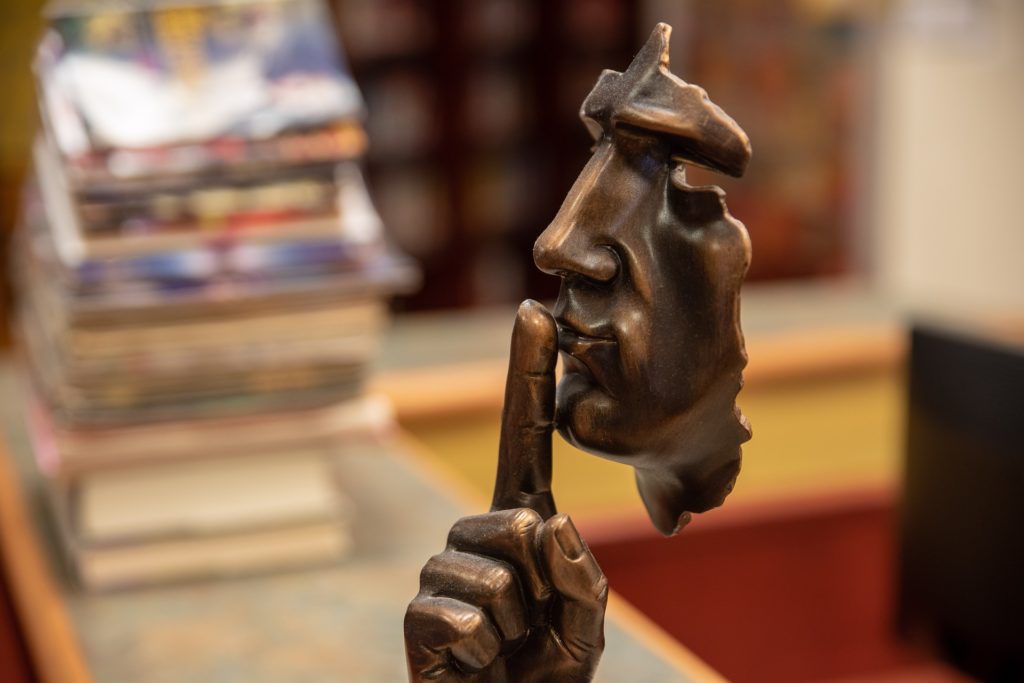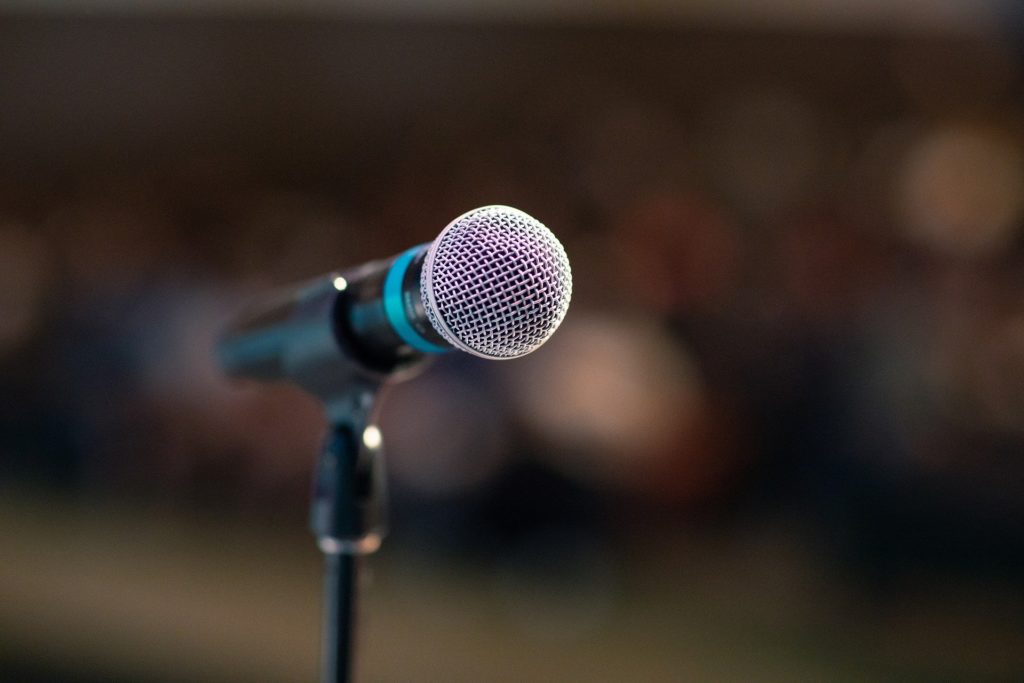Heckler’s Veto

Heckler’s veto refers to restrictions on speech inciting hostile reactions.
The offense to audiences and their reactions to expression generally have been important justifications for restrictions on speech. Issues of obscenity and “fighting words” are common examples. The circumstances that raise a heckler’s veto, in which the claim of offense has been viewed with much greater skepticism, can be distinguished in two ways.
First, speech protected by raising the heckler’s veto objection is considered to have some value or contribution to public debate, unlike the forms of speech that the Supreme Court has left categorically unprotected.
Second, cases involving supposed hecklers’ vetoes usually concern the behavior of crowds, not an impressionable observer or an individual who might be provoked to fight.
Heckler’s veto ‘doctrine’ refers to the government’s responsibility to control the crowd.
A heckler’s veto “doctrine” has sometimes been articulated as the principle that the Constitution requires the government to control the crowd in order to defend the communication of ideas, rather than to suppress the speech.
Heckler’s veto cases typically consider the appropriate behavior of local law enforcement when a crowd or individual threatens hostile action in response to a demonstration or speaker.
It recognizes that when a mob is angered by a speaker and jeopardizes the public order by threatening the speaker, the policeman must act to preserve the opportunity of an individual to speak. The duty of the policeman is to restrain the mob.
While the term was first coined by First Amendment scholar Harry Kalven, the credit for originating the concept of an impermissible “heckler’s veto” is given to Justice Black in his dissent in Feiner v. New York (1951).
In this case, Mr. Irving Feiner was speaking to a crowd of black and white people. Mr. Feiner was allegedly encouraging the African-Americans in the crowd to take up arms against whites to secure their civil rights and was hurling insults at a wide range of public figures, including the President and the mayor of Syracuse. The police determined that a fight was about to break out among the members of the crowd. Consequently, they asked Mr. Feiner to stop speaking and to ask the crowd to disperse. When he refused, the police arrested him. He was convicted of breaching the peace and failing to obey a police officer.
The Supreme Court nevertheless upheld Irving Feiner’s conviction under the clear and present danger doctrine because, in the trial court’s view, “a clear danger of disorder was threatened.”
It ruled that Feiner caused a breach of the peace after the police asked him three times to stop speaking to a crowd that was growing hostile.
In general, the core concern with the heckler’s veto is that allowing the suppression of speech because of the discontent of the opponents provides the perverse incentive for opponents to threaten violence rather than to meet ideas with more speech.
Heckler’s veto cases are helpful because they illustrate the fundamental conflict between two members of the public with competing speech goals and the role of the state in promoting the dissemination of messages. Heckler’s veto cases justify compelling (and prohibiting) state action to promote the First Amendment goal of disseminating unpopular views.
Heckler’s veto cases recognize that it is important for conflicting speakers to have access to the same audience or crowd. Heckler’s veto cases do not permit the state to hide behind the unpleasant reaction of some portions of the public in order to silence a speaker.
Thus, the obligation of the state to protect a speaker is engendered by the state’s police power to prevent and regulate violence.
Heckler’s veto cases also recognize that it is important for competing speakers to have access to the same audience or crowd. The heckler’s veto doctrine grew out of the seminal doctrine of “clear and present danger.”
Terminiello v. Chicago
A landmark heckler’s veto case is Terminiello v. Chicago [337 U.S. 1 (1949)], in which a riot took place outside an auditorium before, during, and after a controversial speech. Justice William O. Douglas, writing for a 5-4 majority, held unconstitutional Arthur Terminiello’s conviction for causing a breach of the peace, noting that speech fullfills “its high purpose when it induces a condition of unrest, creates dissatisfaction with conditions as they are, or even stirs people to anger.”
Justice Douglas explained that “a function of free speech under our system of government is to invite dispute.” “The vitality of civil and political institutions in our society depends on free discussion. . . . [I]t is only through free debate and free exchange of ideas that the government remains responsive to the will of the people . . . . The right to speak freely and to promote diversity of ideas and programs is therefore one of the chief distinctions that sets us apart from totalitarian regimes.” “[T]he alternative would lead to standardization of ideas either by legislatures, courts, or dominant political or community groups.”
Sources:
Fiss, Owen M., (n.d.) Free Speech and Social Structure, Yale Law School
Schmidt, Patrick. (n.d.) THE FIRST AMENDMENT ENCYCLOPEDIA The Middle Tennessee State University retrieved from https://www.mtsu.edu/first-amendment/article/968/heckler-s-veto
Leanza, Cheryl A. (n.d.) HECKLER’S VETO CASE LAW AS A RESOURCE FOR DEMOCRATIC DISCOURSE retrieved from https://law.hofstra.edu/pdf/academics/journals/lawreview/lrv_issues_v35n03_cc10.leanza.final.pdf

Thank you so much for keeping this blog alive! By doing so you have added fuel to my passion to pusue the ambition to become a lawyer. God bless and Stay safe in these trying times!
You’re welcome. I’m glad to hear that!
Pinay Jurist wishes you the best!
“The soul’s joy lies in doing.”
—Percy Bysshe Shelley